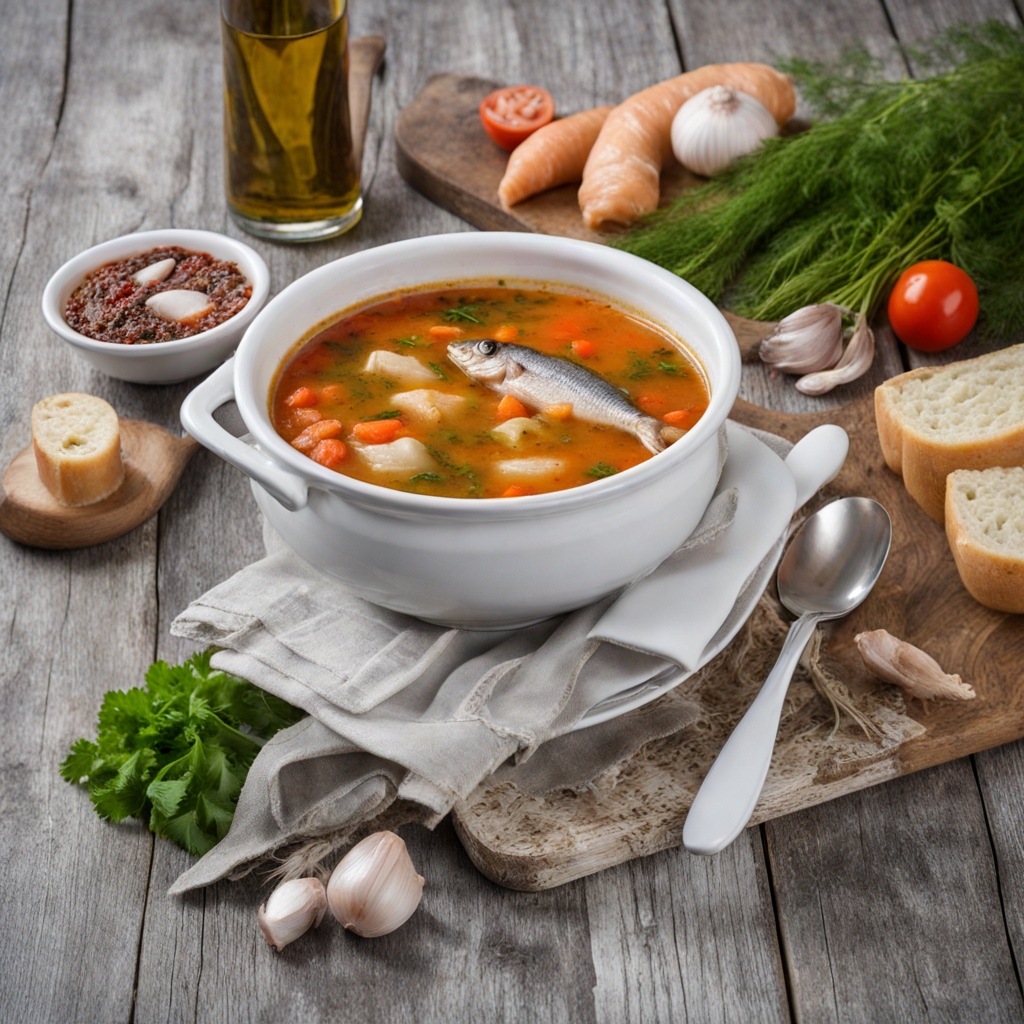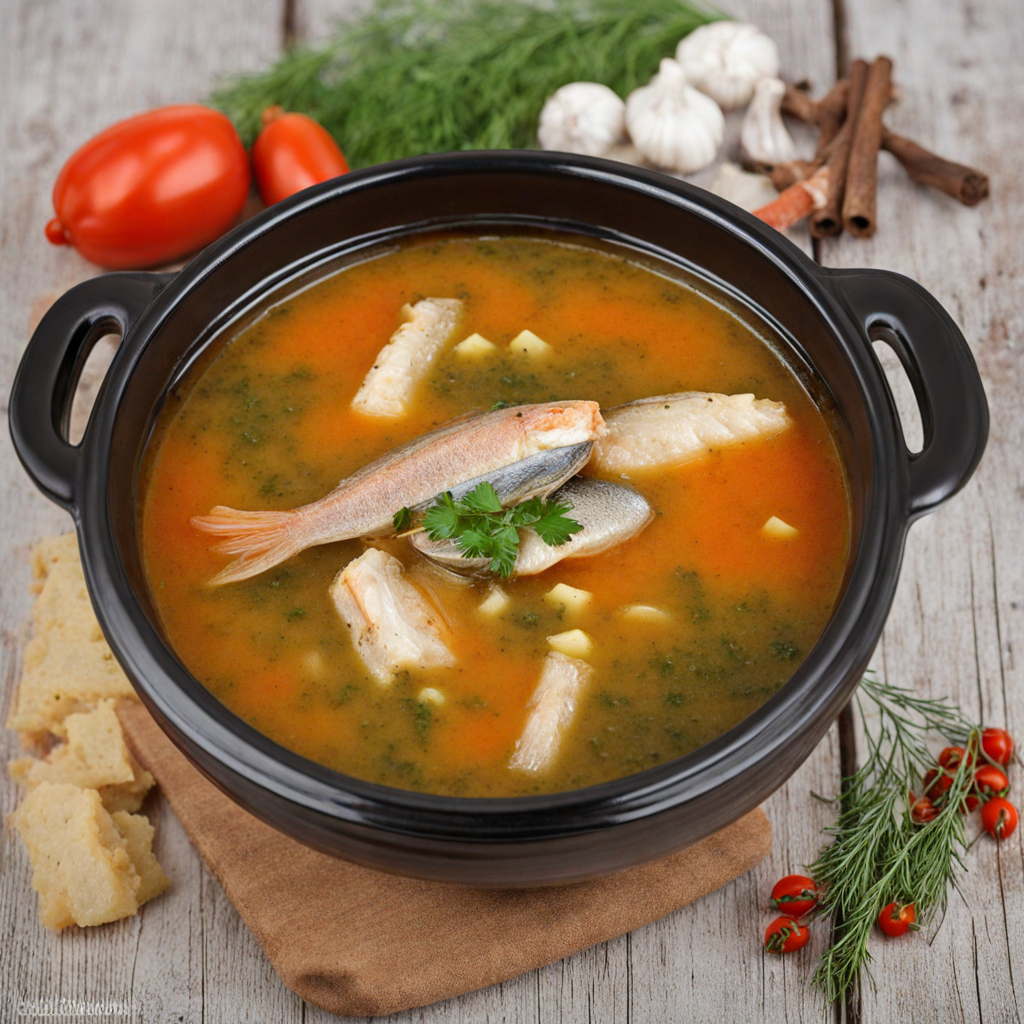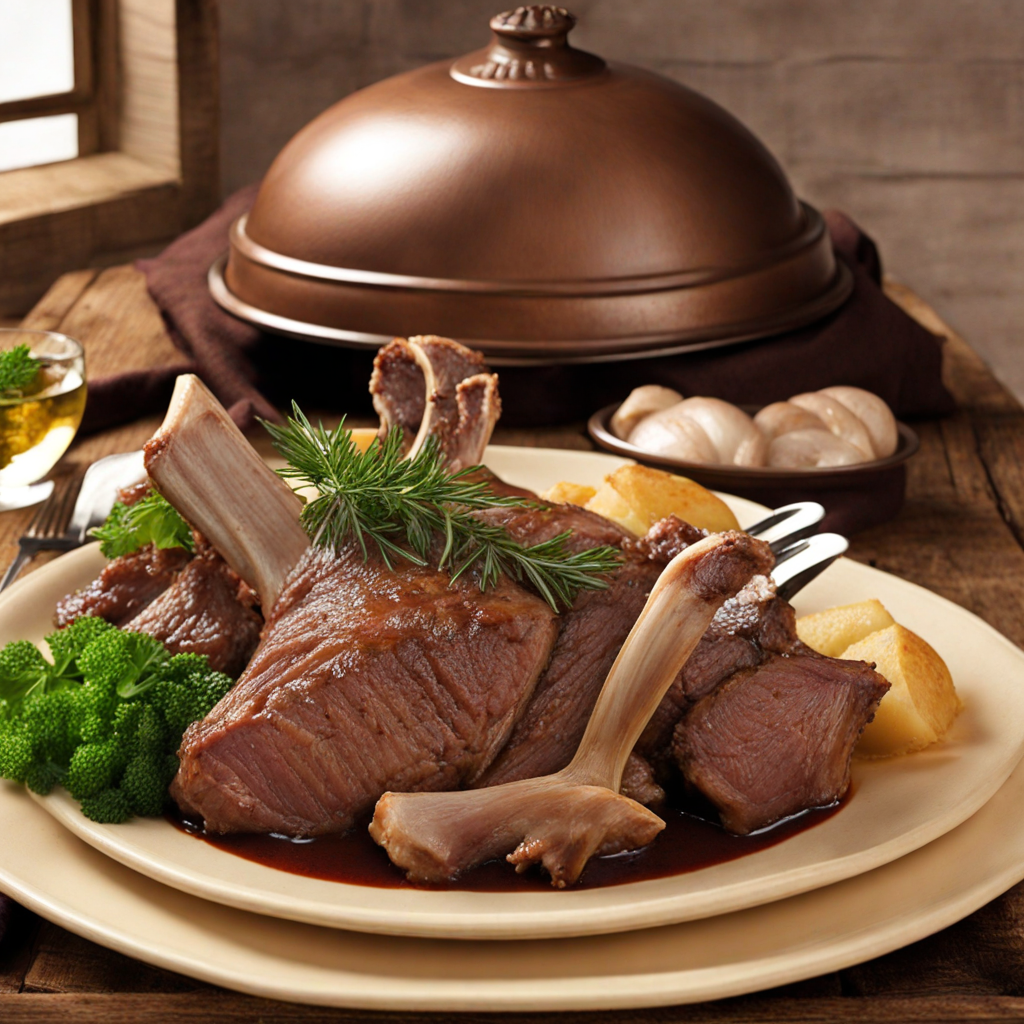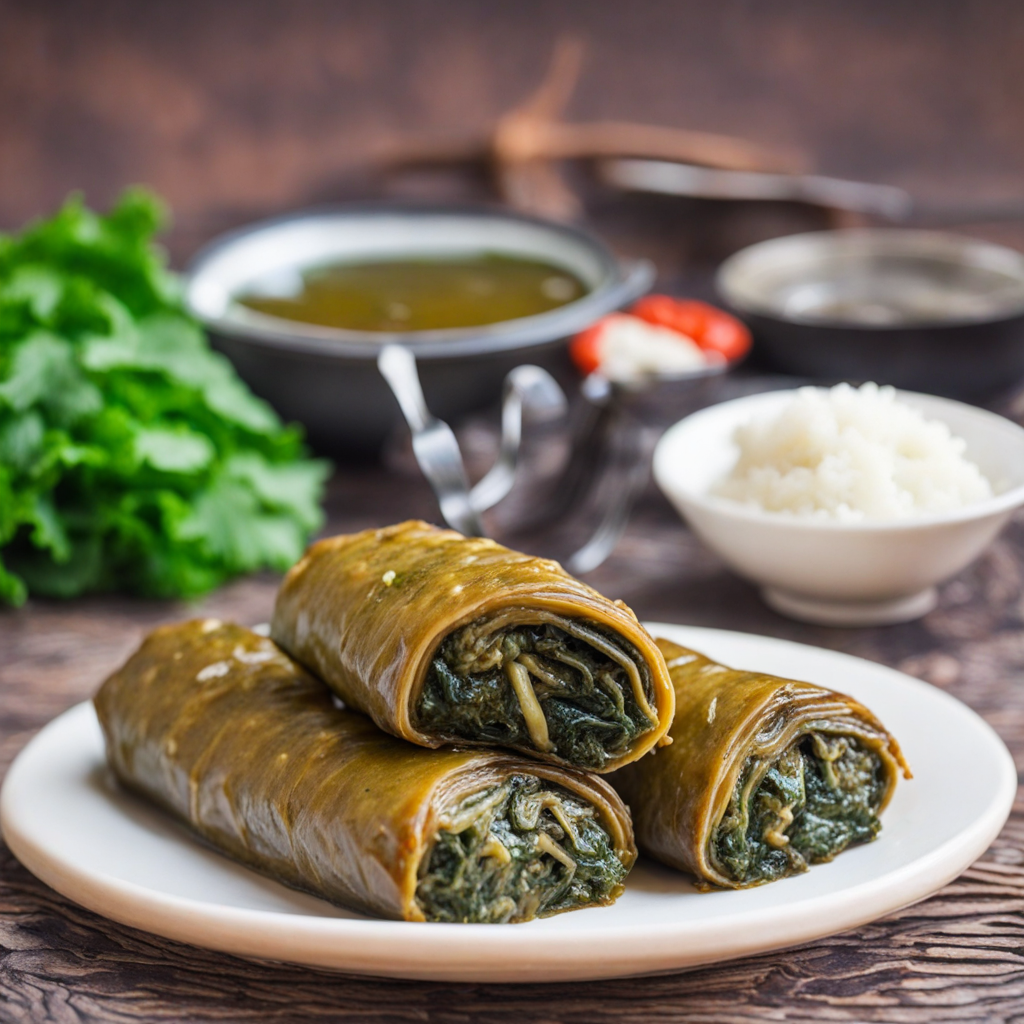Riblja čorba
Рибља чорба, or fish soup, is a beloved dish in Montenegro, particularly along the coastal regions where the Adriatic Sea provides a bounty of fresh seafood. This traditional soup reflects the country’s deep-rooted maritime culture and culinary heritage, offering a taste of the Mediterranean that is both hearty and comforting. Historically, Рибља чорба has its origins in the fishing communities of Montenegro, where fishermen would prepare meals using the day’s catch, ensuring that nothing went to waste. Over time, this humble dish evolved into a staple of Montenegrin cuisine, often served at family gatherings and special occasions. The flavor profile of Рибља чорба is a harmonious blend of the sea and the earth, characterized by its rich, umami depth. The soup is typically seasoned with an array of herbs and spices, including bay leaves, parsley, and sometimes a hint of chili for a subtle kick. The use of tomatoes adds acidity and sweetness, balancing the flavors beautifully. The result is a dish that is both savory and aromatic, with a lingering, briny essence that speaks to its coastal origins. The texture of the soup varies, often featuring tender pieces of fish and occasionally crustaceans, combined with a broth that is both thick and flavorful. Preparation of Рибља чорба begins with a base of sautéed onions and garlic, which are cooked until fragrant and translucent. Fresh fish, such as sea bream, mullet, or even local varieties like sardines, is
How It Became This Dish
The History of Рибља Чорба: Montenegro's Fish Stew #### Origins of Рибља Чорба Рибља чорба, translating to "fish stew," is a traditional dish hailing from the picturesque coastal regions of Montenegro, particularly the areas bordering the Adriatic Sea. This hearty and flavorful stew is deeply intertwined with the maritime culture of the Montenegrin people, reflecting both the natural bounty of the sea and the culinary practices that have evolved over centuries. The origins of Рибља чорба can be traced back to the ancient communities that settled along the Adriatic coast. Fishing has always been a vital part of life for these communities, and the preparation of fish has undergone various transformations influenced by the availability of ingredients, cultural exchanges, and the passage of time. It is believed that the dish has roots in the cooking methods of the Romans and Byzantines, who utilized local fish and spices to create nourishing meals. #### Ingredients and Preparation At its core, Рибља чорба is made from a variety of fish, often including species such as sardines, mullet, and sea bass, which are abundant in Montenegrin waters. The preparation typically involves simmering the fish with a medley of vegetables, including onions, tomatoes, and bell peppers, seasoned with herbs like parsley and bay leaves. The dish is usually enriched with olive oil and sometimes includes a splash of white wine, which echoes the Mediterranean influence on Montenegrin cuisine. Traditionally, Рибља чорба was prepared by fishermen in coastal villages, often cooked over an open fire on the beach after a successful catch. This communal aspect of preparation not only fostered a sense of belonging but also highlighted the significance of the fishing community. The dish embodies the essence of sharing and celebration, as families and friends would gather to enjoy a meal together, reinforcing bonds and traditions. #### Cultural Significance Рибља чорба is more than just a meal; it represents a cultural heritage that spans generations. The dish is a symbol of Montenegrin identity and pride, reflecting the region's historical relationship with the sea. The coastal lifestyle has shaped the culinary practices of Montenegro, and Рибља чорба stands as a testament to the resourcefulness of the local communities in utilizing what the sea provides. In Montenegrin culture, food plays a crucial role in celebrations and gatherings. Рибља чорба is commonly served at festive occasions, family reunions, and local festivals. Its presence at these events underscores the importance of communal dining and the sharing of stories, laughter, and memories. The dish often serves as a centerpiece, bringing people together and fostering a sense of unity. The preparation of Рибља чорба also reflects the principles of sustainability and respect for nature that are deeply ingrained in Montenegrin culture. Fishermen have long adhered to practices that ensure the responsible management of fish stocks, passing down knowledge through generations about seasonal fishing and the importance of preserving marine ecosystems. #### Development Over Time As Montenegro has evolved, so too have the culinary practices surrounding Рибља чорба. The dish has absorbed influences from neighboring cultures, including Italian, Balkan, and Ottoman cuisines, leading to variations in preparation and ingredients. For instance, in some coastal areas, the stew may incorporate spices and techniques reminiscent of Italian fish soups, while inland variations might include different types of fish or even game meats. The rise of tourism in Montenegro, particularly in the late 20th and early 21st centuries, has also influenced the evolution of this traditional dish. Restaurants and chefs have embraced Рибља чорба, often elevating it with modern culinary techniques while maintaining its traditional roots. This has allowed the dish to reach broader audiences, introducing it to a new generation of food enthusiasts and visitors eager to experience authentic Montenegrin cuisine. In contemporary Montenegro, Рибља чорба is often featured on menus in both casual taverns and upscale restaurants, showcasing the versatility of the dish. Chefs take pride in sourcing fresh, local ingredients, emphasizing the connection to the sea and the land. The dish has gained recognition not just as a comfort food but as a gastronomic experience that reflects the essence of Montenegrin culture. #### The Future of Рибља Чорба As culinary traditions continue to evolve, Рибља чорба remains a beloved staple in Montenegrin cuisine. The ongoing appreciation for local ingredients and traditional cooking methods suggests that this dish will endure as a symbol of cultural heritage. In recent years, there has been a growing interest in preserving traditional recipes and techniques, ensuring that future generations can continue to enjoy and celebrate Рибља чорба. Moreover, the global trend of sustainable and ethical eating aligns with the values inherent in the preparation of Рибља чорба. As awareness of environmental issues grows, more chefs and home cooks are looking to honor the practices of their ancestors while adapting to contemporary concerns. The dish's emphasis on fresh, locally sourced fish and seasonal vegetables provides a framework for sustainable culinary practices. In summary, Рибља чорба is more than just a delicious fish stew; it is a rich tapestry of history, culture, and community that reflects the identity of Montenegro. From its origins among ancient fishermen to its status as a cherished dish in modern Montenegrin cuisine, Рибља чорба continues to bring people together, serving as a reminder of the importance of tradition, sustainability, and the enduring connection between food and culture. As Montenegro embraces its culinary legacy and adapts to the changing world, Рибља чорба will undoubtedly remain a cornerstone of its gastronomic heritage for years to come.
You may like
Discover local flavors from Montenegro







